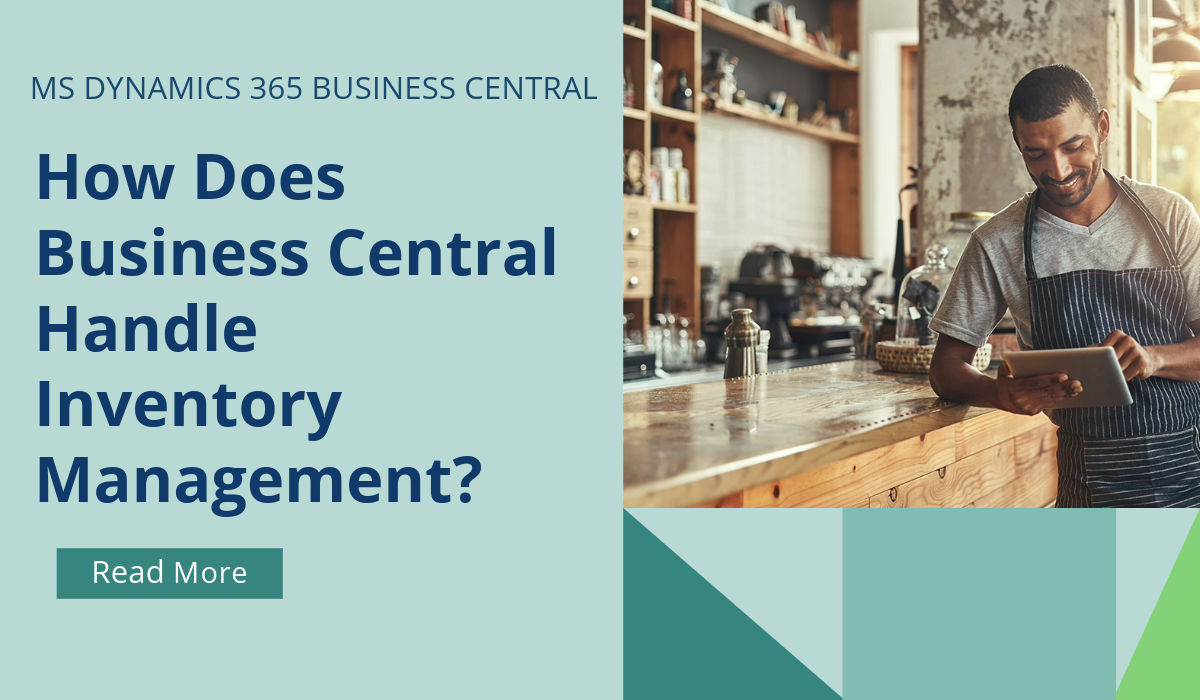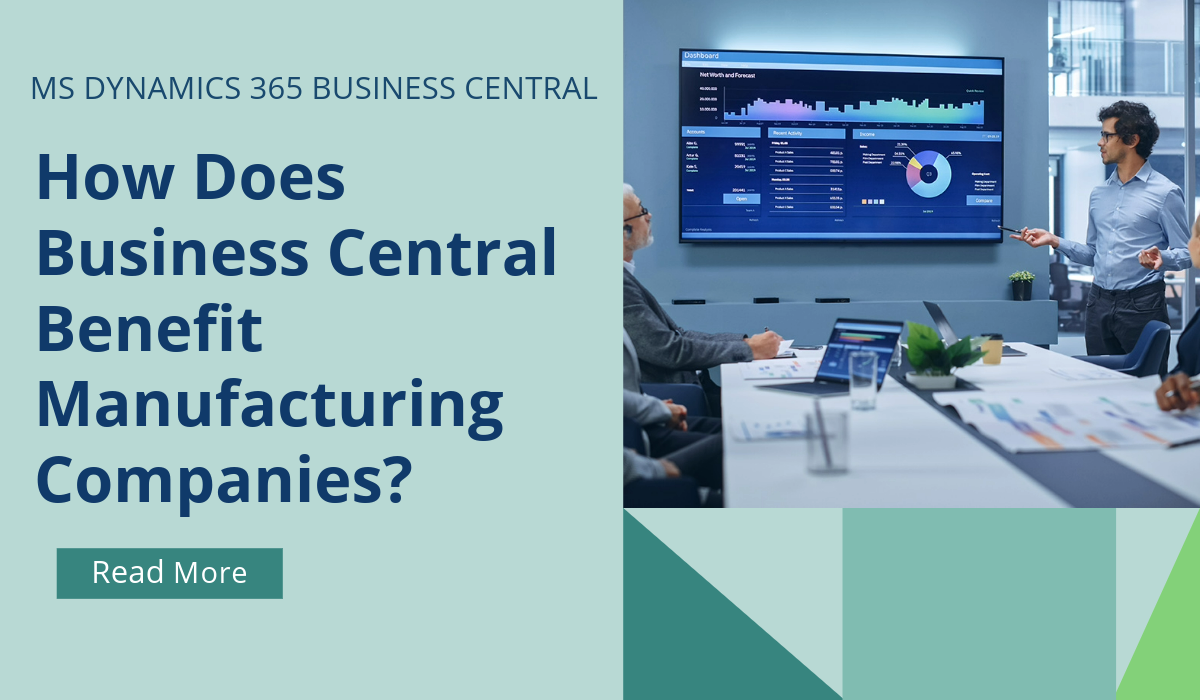
Beyond the Past: Crafting ERP Decisions for a Customer-Centric Future
Assembling the perfect blueprint for your new ERP package is a vital, yet time-intensive task. It’s not just important; it’s a game-changer, as your requirements will shape the ERP solution you’ll embrace. But let’s be honest: the nitty-gritty details can make it feel like a slow crawl. Often, this meticulous process results in an inward-focused wish list that is tethered to the past – rather than reaching for what will help you best serve your customers in the future.
Isn’t it time for a fresh approach?
People often struggle with change. If you ask a colleague what he or she would like to have in a new system, you can expect a list of existing functionality – perhaps one that is supplemented by solutions to yesterday’s practical problems. After all, business has been going well, hasn’t it?
But when putting together such a package, you should, of course, not only look back. After all, you’re not implementing a new system for the next few weeks or months – it’s something that should serve you for years.
To select the ERP system you’ll work with for the next 5 to 10 years, it’s wise to look forward to the future. Dare to think outside of the box! You’ll want a lot of flexibility so you can adapt quickly to changing circumstances in the coming years.
Here are 3 suggestions to help you make better decisions regarding your new ERP:
1 – Talk to your most important customers.
Ask about their medium-term plans, and learn what they want from your company in the coming years. This ‘outside-in’ view invites you to think and act from the customer’s perspective. It might also provide extra inspiration for further process innovation.
2 – Interview former customers.
It is precisely this group that is perfectly capable of putting its finger on the sore spot when it comes to rattling business processes, poor integration and bad internal communication.
3 – Focus on results.
Instead of delving into the granular details of functions and features, shift the conversation towards your desired results. Consider this: if your aim is to slash the average debtor term from 75 to 40 days, ask about the most optimal, swift and most efficient path to achieving this objective.
The business world is changing faster than ever before. That’s why it’s important to opt for an ERP system, a process design and a corporate culture that are focused on the future and on what customers expect from you. A good set of requirements and requests is an indispensable starting point.
Need something bespoke for your industry requirements? Better customer-focused support?
Get in touch: https://bit.ly/3k71yLx
March 12, 2024
RECENT POSTS
Business Central How-To: FastTabs & FactBoxes
Business Central, a user-friendly ERP system, has plenty of terminologies specific to the product, and if you’re moving across to BC from some other program, or even considering an upgrade from NAV to BC, it [...]
How Does Business Central Handle Inventory Management?
Inventory Management is a module in Business Central that helps SMBs manage their inventory and other operations within a single platform. SMBs can track, manage, and optimise stock levels across locations. Microsoft Dynamics [...]
How Does Business Central Benefit Manufacturing Companies?
Manufactured products are part of everyone's lives. From the car that you drive, the mobile phone that you use, to the milk that you drank for breakfast. Companies that create these products must [...]


